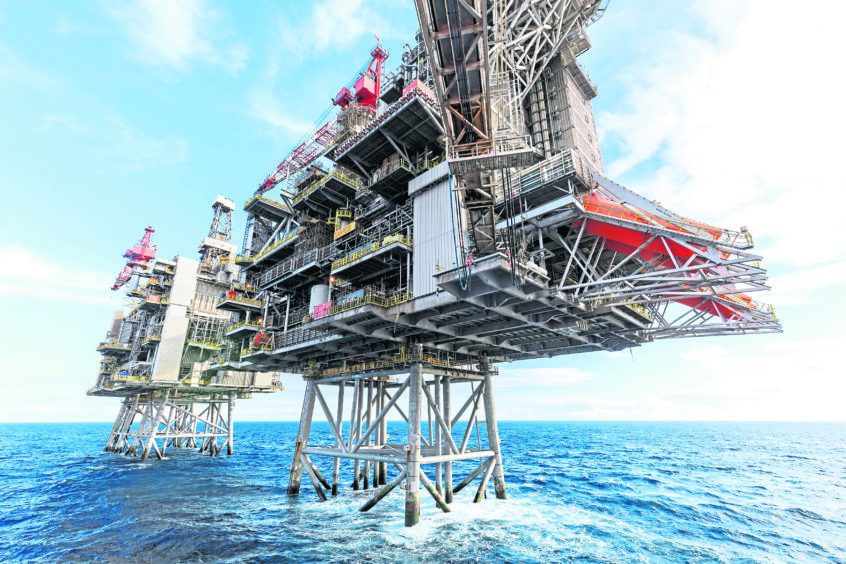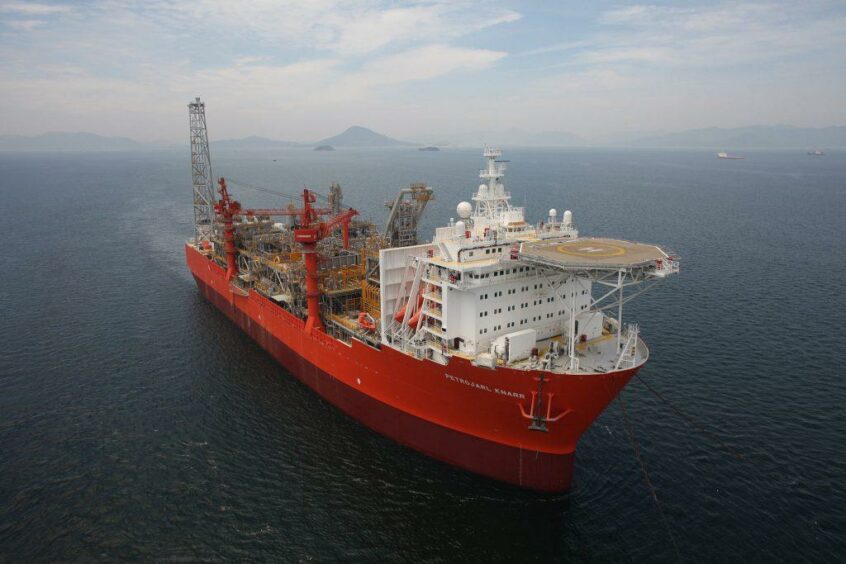
Appetite exists for new oil and gas exploration west of Shetland but vital infrastructure will be needed to make good on the region’s potential resources, according to Offshore Energies UK (OEUK).
The assessment comes ahead of the North Sea Transition Authority’s (NSTA) upcoming 33rd Licensing Round, which Energy Voice understands will be formally launched in the coming weeks.
The West of Shetland region accounts for the largest share of remaining resources in UK waters, with some 4.7 billion barrels of oil equivalent (boe) of prospective play-level resources – suggesting a substantial prize if explorers can stomach the risk.
A total of around 15 billion boe is estimated to remain across the basin, with the 11.2 billion being prospective.
It comes as the regulator’s latest UK Oil and Gas Reserves and Resources report shows UK reserves fell to an estimated 4 billion barrels of oil equivalent (boe) in 2021, as a dearth of new projects and exploration did not offset production.
Analysts from the offshore trade body spoke on Thursday, making the case for continued licensing in the coming years to shore up UK energy security.
OEUK market intelligence manager Ross Dornan said that without new investment, forecasts suggest the UK would be reliant on imports for 80% of its gas and 70% of its oil needs by 2030 – up from 62% and 25% last year, respectively.
“There hasn’t been much exploration activity West of Shetland in the last few years and some of the prospects which were drilled prior to that period of low activity weren’t successful – but there is still really strong resource opportunity out there,” Mr Dornan affirmed.
He pointed to key upcoming exploration wells expected in the region over next few years, including TotalEnergies’ Benriach prospect, estimated to hold mid-case resources of 638 billion cubic feet of gas.
Yet others have taken risks and losses in trying to make developments work – not least Hurricane Energy, which earlier this year handed back its licence for the Warwick discovery, suggesting development within the remaining term was “not feasible”.
Other major fields in the area which hold promise, including projects such as Rosebank and Cambo, have become lightning rods for environmental opposition.
Mr Dornan acknowledged that the region remains “infrastructure disadvantaged” compared with other more developed parts of the basin.
“A lot of the opportunities which are known about – big things like Rosebank, Cambo – will provide new infrastructure,” Mr Dornan added. “But there’re some other things to the northwest of Shetland in terms of smaller gas opportunities which aren’t probably going to be progressed unless there’s some way of opening up new infrastructure in that area.
“We probably do need to see some sort of basin-opening play explored up there to really get after the full extent of the west of Shetland opportunity and to provide the infrastructure which is going to be needed to produce the volumes from that region.
“But I know there is still appetite for companies to be exploring in that in that area.”
33rd Licensing Round
The 33rd licensing round – the first since 2020, which saw the award of 113 licences – will soon proceed in the wake of government feedback on a long-awaited climate compatibility checkpoint.
The new round is expected to yield more than 100 permits and has been tipped to signal a “resurgence” in UK oil and gas operations, as Liz Truss’ government looks to “open up” the region for investment and development.
Despite rising supply chain costs and a maturing basin, Mr Dornan believes the availability of infrastructure will help attract international investment to the North Sea.
“I think one thing when it comes to licensing exploration which is really in our favour within parts of the UK – especially in central, southern North Sea and some areas of the northern North Sea – is our infrastructure density.
“We’re talking about being able to use that to produce from new licenses and potentially exploration successes in a pretty quick time frame,” he said, adding that the ability to tie into existing infrastructure would also help reduce the emissions profile of potential developments.
OEUK forecasts that up to £26bn of oil and gas capital investment could be committed by 2030 based on existing company plans, though only one-third of this is currently approved – and without a continued pipeline of prospects and licensing opportunities, it warned that the North Sea faced “terminal decline”.
Recommended for you

 © Supplied by Teekay
© Supplied by Teekay